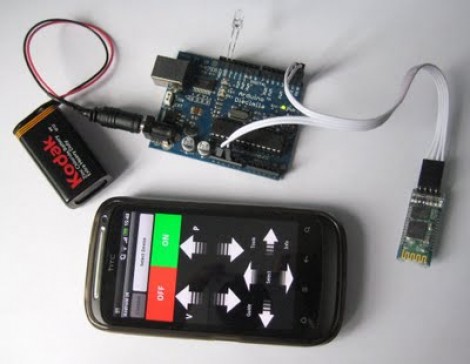
If the addition of Siri to your iPhone has given you a somewhat-real life companion (and hope that you might not be forever alone) this hack is right up your alley. [Todd Treece] built a hardware fixiture for the living room which bridges the gap between Apple’s new digital assitant and your television.
The box itself is an Arduino with a WiFly shield and the hardware necessary to make it a universal infrared remote control. He mounted it on the underside of his end table, with the IR LED in line-of-sight for the television. Using SiriProxy he’s added functionality that lets you request a channel change either by the name of the network, or the channel number.
As you can see in the video after the break, Siri has some strong opinions on the quality of programming for certain channels. That and contempt for your inability to just change the channel yourself. But this setup does augment your remote control experience by giving you a synopsis of what’s playing right now for the channel you’ve requested.
Continue reading “Siri As A Lippy And Sometimes Profane Television Remote”



















